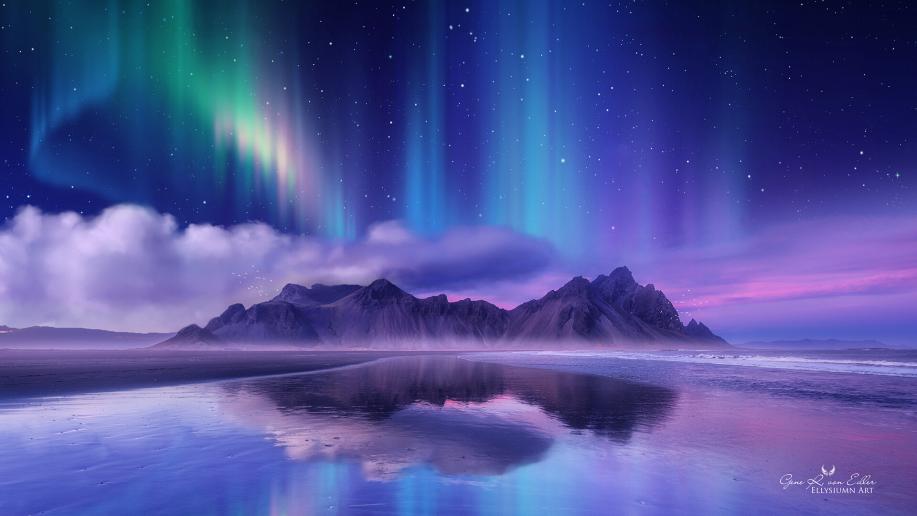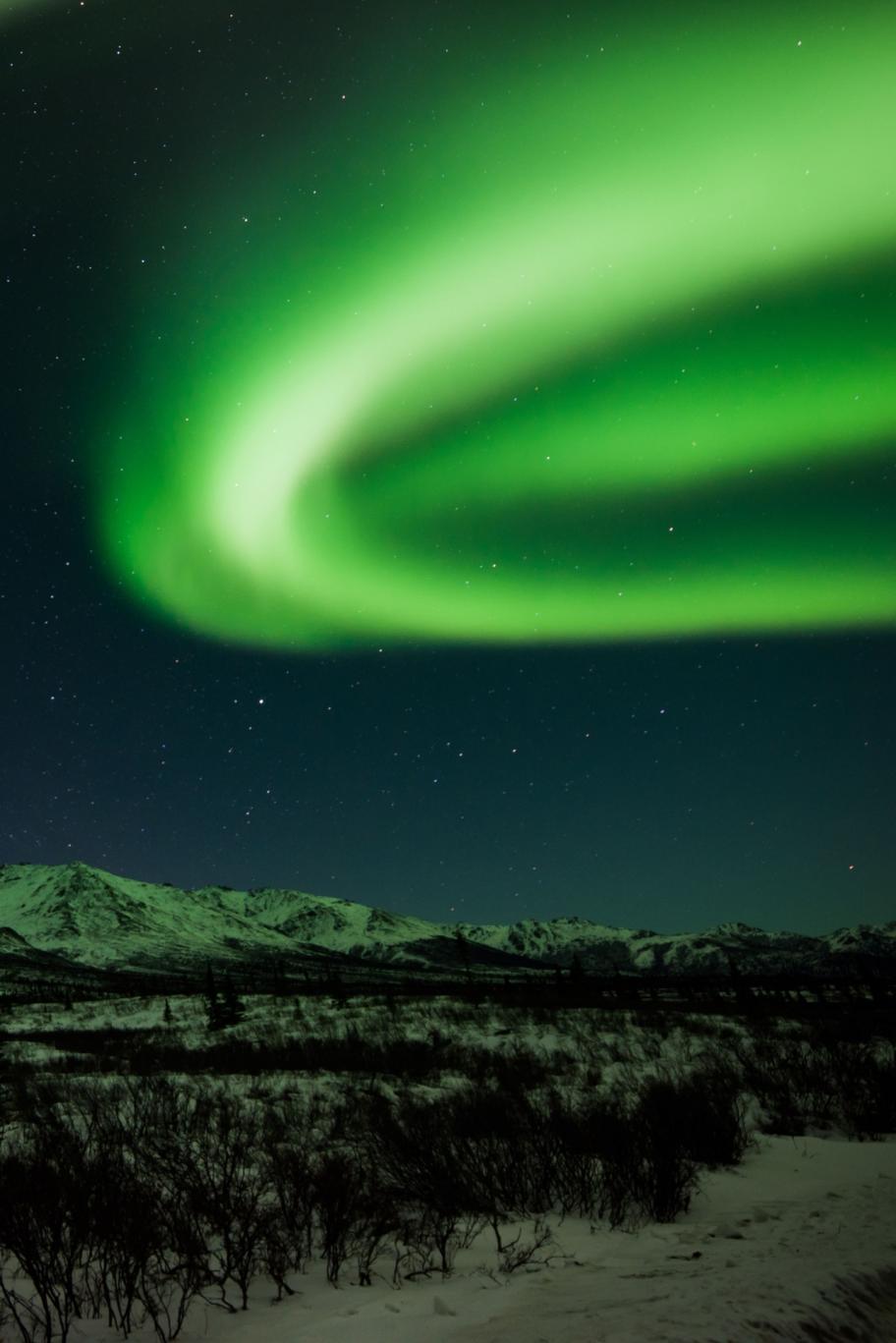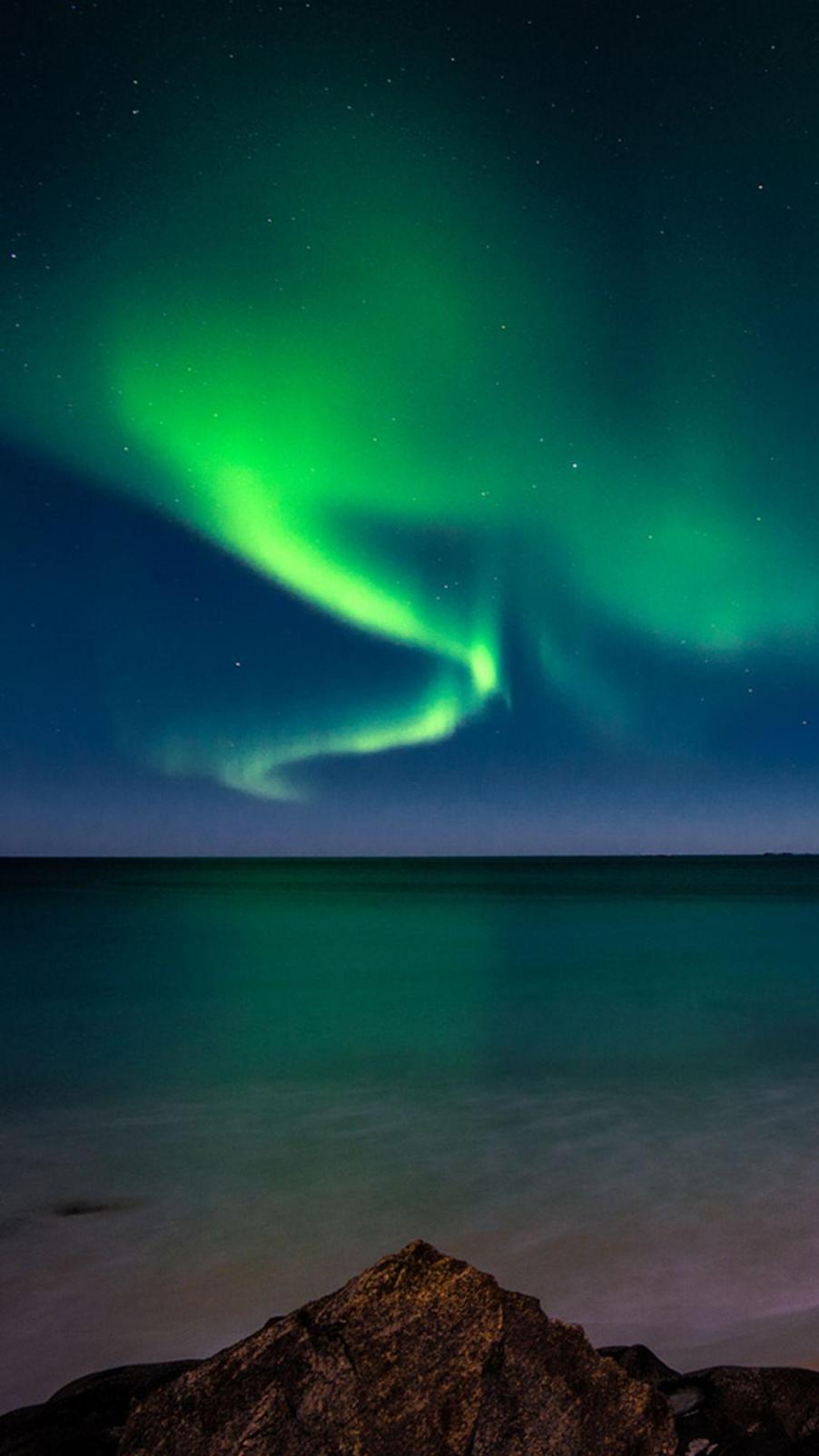What Causes the Northern Lights? Unraveling the Enigmatic Aurora Borealis
The Northern Lights, also known as the Aurora Borealis, are a captivating natural phenomenon that has intrigued scientists and observers alike for centuries. This article aims to unveil the enigmatic causes behind this celestial display, exploring its historical and cultural significance, scientific explanations, variations and forms, geographic distribution and viewing opportunities, impact on Earth's atmosphere and space weather, and ongoing research and future exploration.

Historical And Cultural Significance
The Northern Lights have held historical and cultural significance across various societies worldwide.
Ancient Beliefs And Legends
- In ancient times, the Northern Lights were often associated with supernatural events or divine interventions.
- Some cultures believed the lights were a sign of good luck or a warning of impending doom.
- In Norse mythology, the Aurora Borealis was seen as the reflection of the Valkyries' armor as they rode across the sky.
Cultural Importance
- The Northern Lights are a symbol of national pride and identity for many countries within the Arctic Circle.
- Indigenous communities have passed down generations of stories and traditions related to the Aurora Borealis.
- Modern-day celebrations and festivals are held in various regions to honor and appreciate the beauty of the Northern Lights.
Scientific Explanation: The Science Behind The Lights
The Northern Lights are a result of the interaction between the Earth's magnetic field and charged particles from the solar wind.
Earth's Magnetic Field And Solar Wind
- The Earth's magnetic field lines extend from the North Pole to the South Pole, creating a protective shield around the planet.
- The solar wind is a stream of charged particles constantly emitted from the Sun.
- When the solar wind interacts with the Earth's magnetic field, it is deflected towards the poles.
Charged Particles And Atmospheric Gases
- As the charged particles approach the poles, they collide with atoms and molecules in the Earth's atmosphere.
- These collisions excite the atoms and molecules, causing them to emit light.
- The color of the Northern Lights depends on the type of atmospheric gas that is excited.
Solar Activity
- The intensity and frequency of the Northern Lights are influenced by solar activity.
- During periods of high solar activity, such as solar flares and coronal mass ejections, the solar wind is stronger and more likely to produce vivid auroral displays.
Variations And Forms Of The Northern Lights

The Northern Lights can take on various shapes, colors, and movement patterns.
Types Of Auroral Displays
- Curtains: Long, flowing sheets of light that hang from the sky.
- Rays: Narrow beams of light that shoot up from the horizon.
- Arcs: Bright bands of light that stretch across the sky.
Factors Influencing Auroral Displays
- Shape: The shape of the auroral display is determined by the direction of the solar wind and the Earth's magnetic field lines.
- Color: The color of the Northern Lights depends on the type of atmospheric gas that is excited.
- Movement: The movement of the Northern Lights is influenced by the solar wind and the Earth's magnetic field.
Geomagnetic Storms
- Geomagnetic storms are periods of intense solar activity that can trigger particularly vivid auroral displays.
- During geomagnetic storms, the solar wind is stronger and more likely to interact with the Earth's magnetic field.
Geographic Distribution And Viewing Opportunities
The Northern Lights are most commonly visible in regions near the Arctic Circle and subarctic areas.
Regions With High Visibility
- Alaska, USA
- Northern Canada
- Greenland
- Northern Scandinavia
- Iceland
- Northern Russia
Planning A Trip To See The Northern Lights
- Best Time of Year: Winter months (September to April) offer the longest hours of darkness and the highest chances of seeing the Northern Lights.
- Weather Conditions: Clear skies and minimal cloud cover are ideal for viewing the Aurora Borealis.
- Locations with Minimal Light Pollution: Remote areas away from city lights provide the best viewing conditions.
Notable Destinations For Northern Lights Displays
- Fairbanks, Alaska, USA
- Yellowknife, Canada
- Tromsø, Norway
- Abisko National Park, Sweden
- Reykjavík, Iceland
- Murmansk, Russia
Impact On Earth's Atmosphere And Space Weather

The Northern Lights play a role in studying Earth's upper atmosphere and ionosphere.
Studying Earth's Atmosphere
- The Northern Lights provide a natural laboratory for studying the Earth's upper atmosphere and ionosphere.
- Scientists can use auroral displays to learn about atmospheric composition, temperature, and dynamics.
Space Weather
- Auroral activity can affect satellite communications, power grids, and other technological systems.
- Understanding the Northern Lights is important for predicting and mitigating the effects of space weather.
Ongoing Research And Future Exploration
Scientists continue to study the Northern Lights to better understand their causes and mechanisms.
Current Research
- Researchers are using satellites, ground-based instruments, and computer models to study the Northern Lights.
- Ongoing research aims to improve our understanding of the solar wind, the Earth's magnetic field, and the interaction between the two.
Future Missions And Projects
- Future missions and projects aim to explore the Northern Lights in more detail.
- These missions could involve sending satellites into the auroral regions or conducting ground-based experiments.
The Northern Lights are a captivating natural phenomenon that has intrigued and inspired people for centuries. This article has explored the historical and cultural significance, scientific explanations, variations and forms, geographic distribution and viewing opportunities, impact on Earth's atmosphere and space weather, and ongoing research and future exploration related to the Aurora Borealis. By unraveling the enigmatic causes behind this celestial display, we can deepen our understanding of the Earth's magnetic field, solar wind, and the dynamic interactions that shape our planet's environment.
YesNo

Leave a Reply